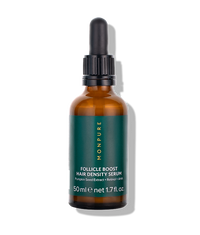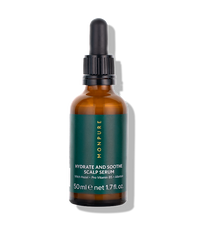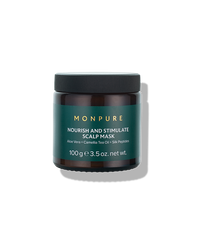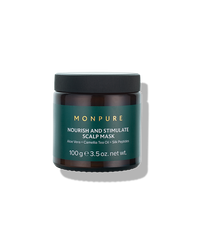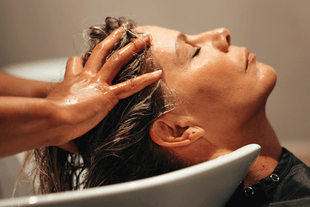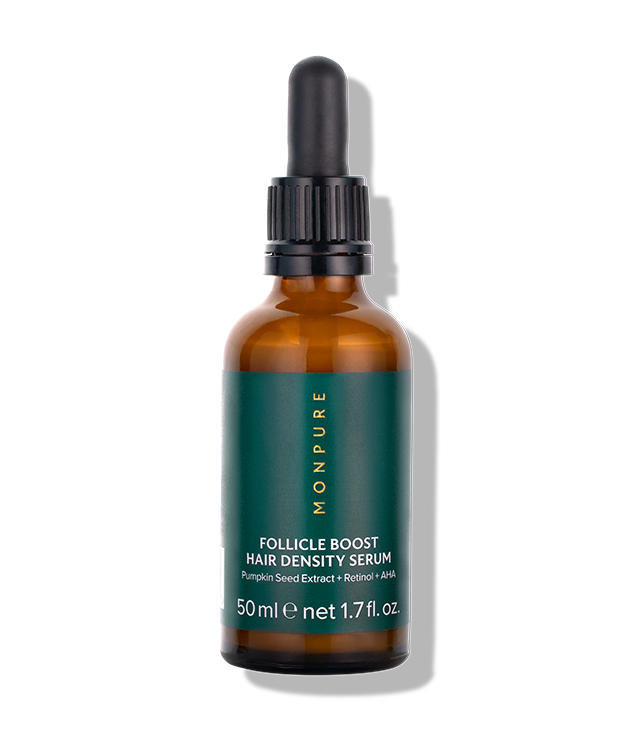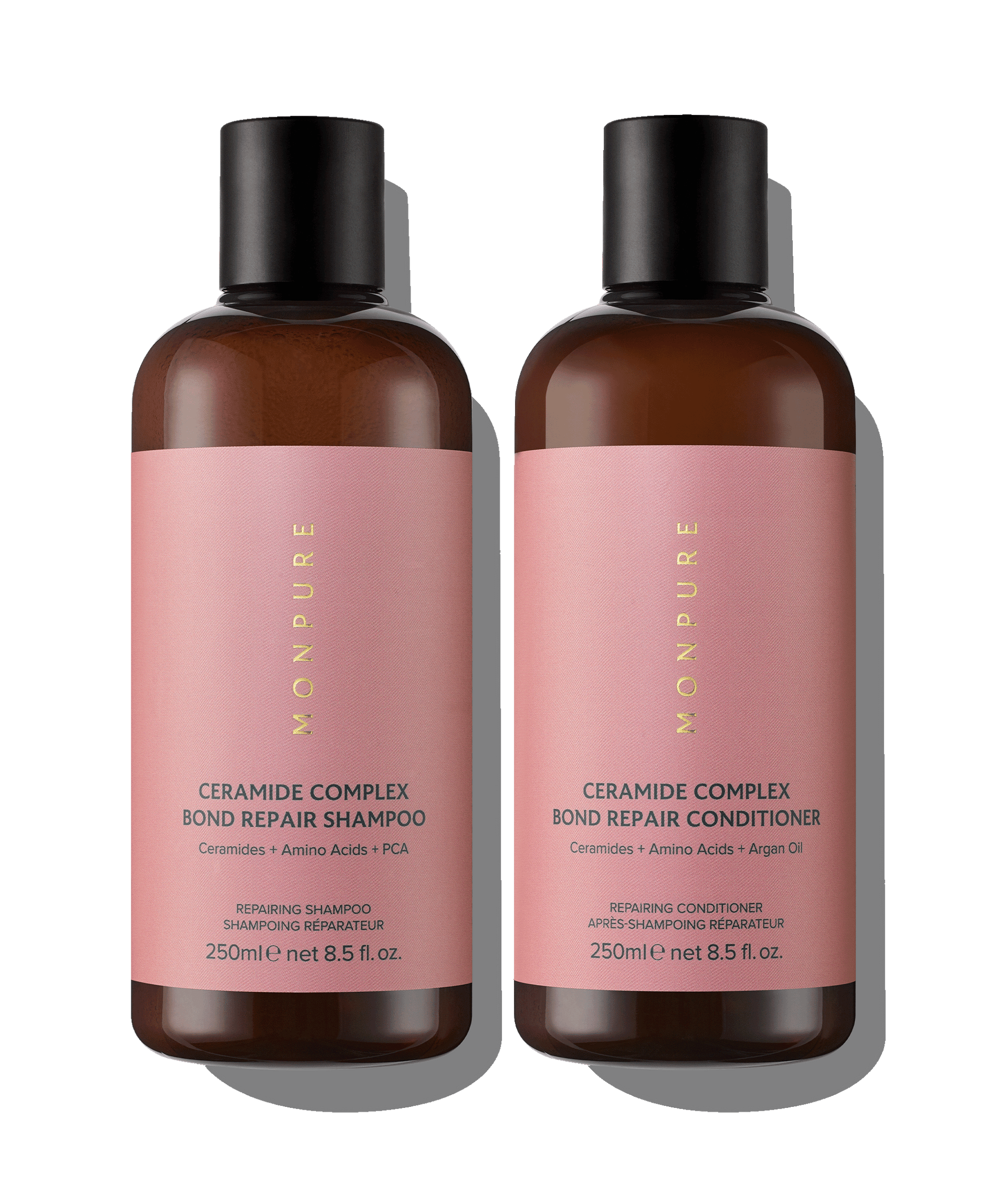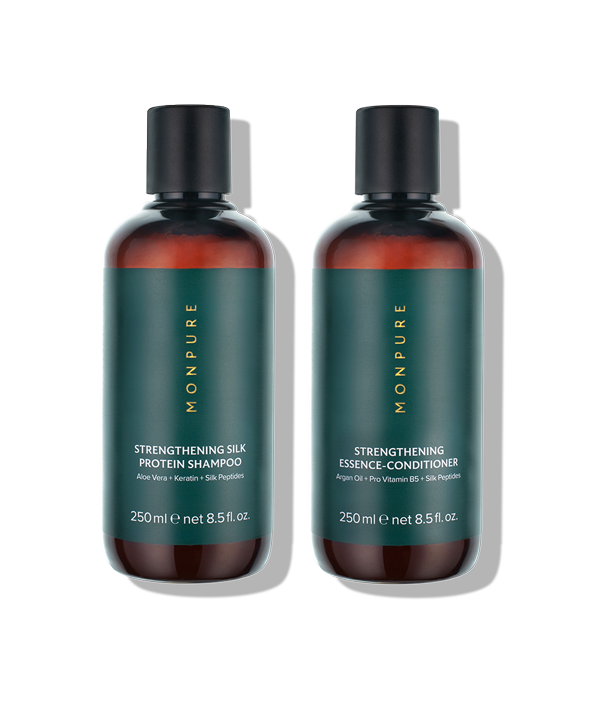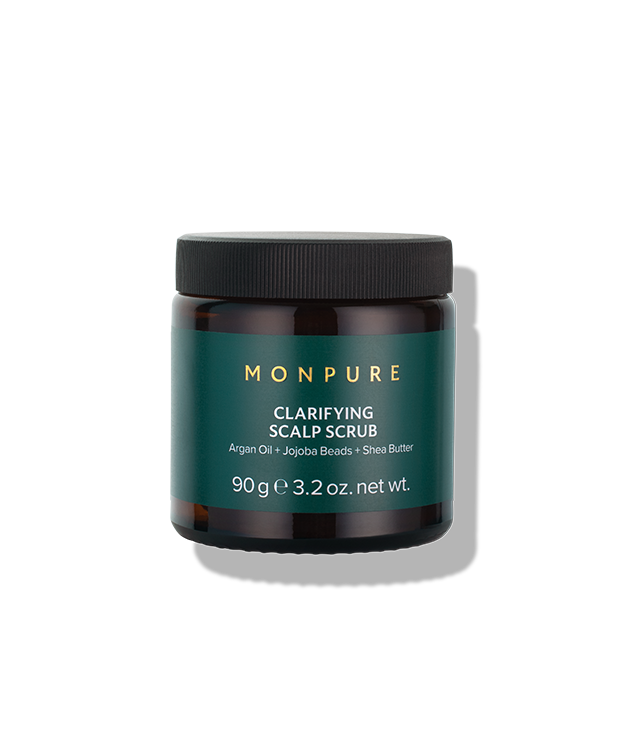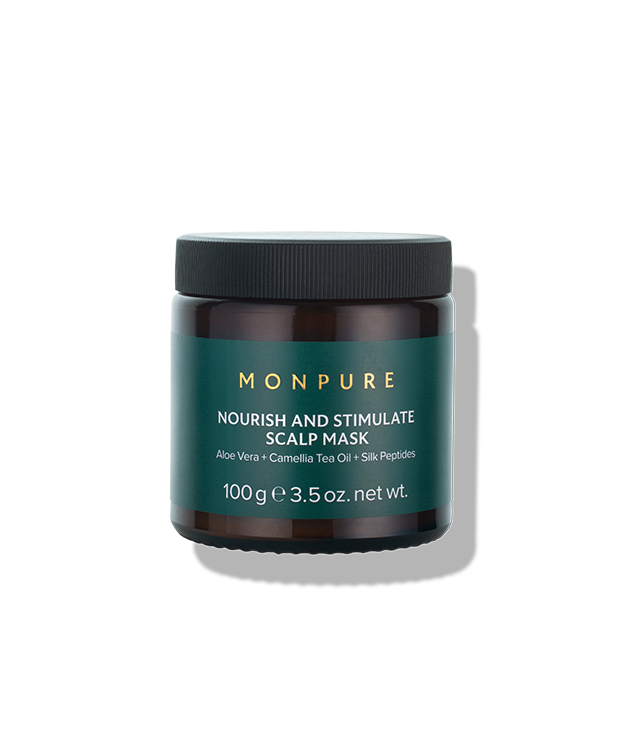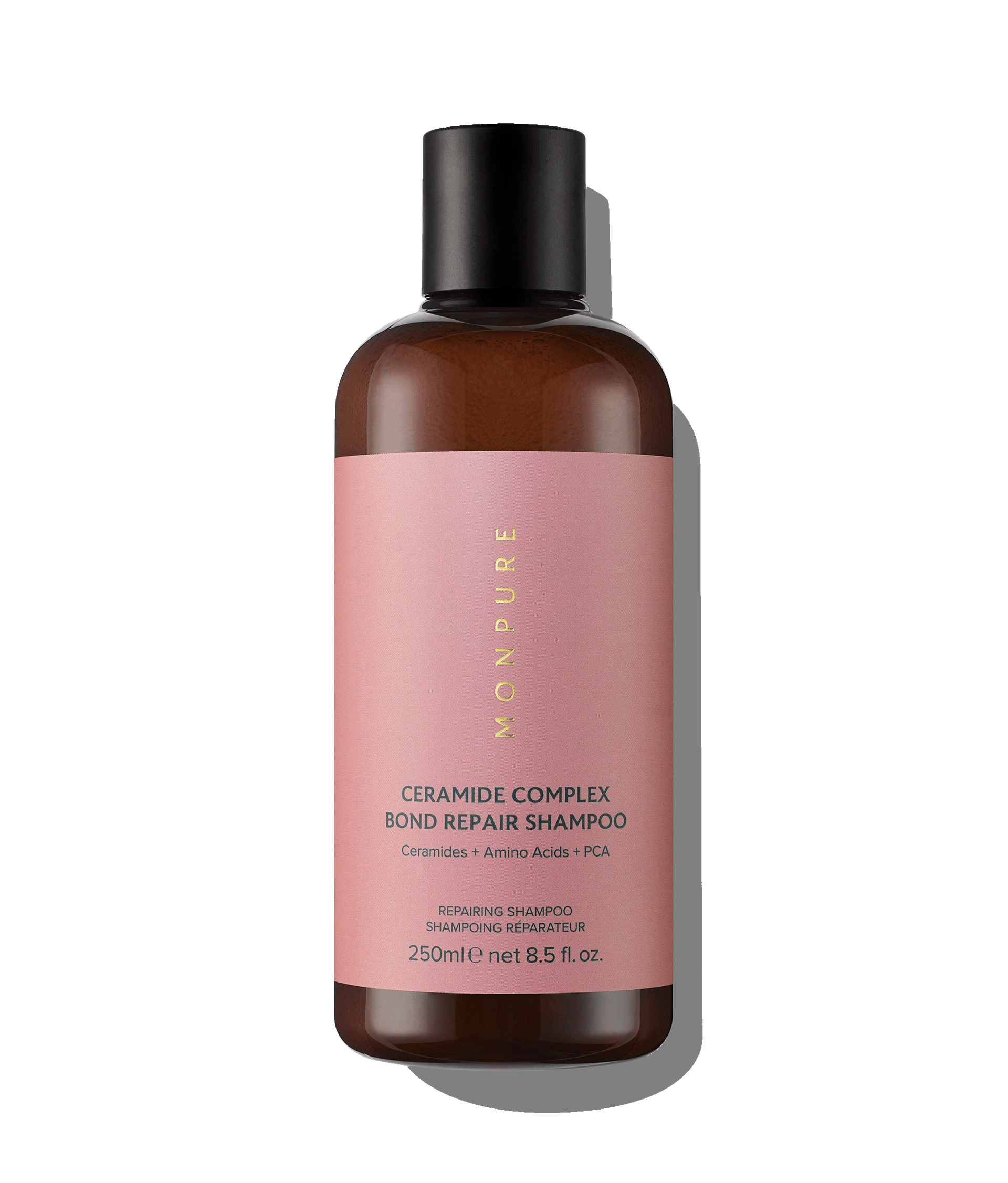
The conversation around female hair loss is often overlooked, but we are here to reassure you that experiencing hair loss or hair thinning over your lifetime is completely normal - in fact, 80% of women experience noticeable hair fall by the age of 60.
Keep in mind that hair shedding is a totally normal part of life, and we lose between 50 to 100 hairs every day, with no cause for concern. However, various biological and environmental imbalances can disrupt this state of affairs.
Hair loss and hair thinning are often muddled up, even though they each have distinct causes and manifestations. Our resident GP, Dr. Simmy Kaur, helps us break down the difference so that you can be armed with all the information needed to identify and treat your own hair loss or hair thinning.
What Causes Thinning Hair?
Thinning is a gradual process over time. A common example is androgenic alopecia, referring to increased androgens like the testosterone byproduct DHT. Hormonal and genetic factors increase DHT, made via the enzyme 5-alpha reductase. This tips the balance from female hormones like oestrogen/progesterone towards male hormones.
So what happens when the hormonal balancing scales are tipped? The hair follicle shrinks, the hair growth (anagen) phase shortens, the shedding (telogen) phase and time between cycles lengthen, and hair growth declines.
What Does Hair Thinning Look Like?
Thinning often begins at the scalp’s parting line, sides, or crown with a diffuse pattern radiating outwards. Hair grows thinner and more brittle, falling out faster.
Causes of Hair Thinning
 What Causes Hair Loss?
What Causes Hair Loss?
Hair loss refers to a sudden onset of hair loss caused by an external or internal factor. So why do we suddenly lose hair when we experience a shock to the system? An example of this is ‘telogen effluvium.’ In severe cases, up to 70% of growing (anagen) hairs are abruptly shifted to shedding (telogen) hairs (versus the normal 15% that elicits shedding before a new anagen phase). This manifests 2-4 months after an incident that typically represents a full hair growth cycle's duration. It ultimately resolves itself, unlike thinning's regressive nature.
Hair loss involves visible diffuse spreading across the scalp.
What Does Hair Loss Look Like?
During telogen effluvium, widespread hair loss spreads noticeably across the scalp, appearing fuller in some areas and more sparse in others. This tends to self-resolve over time.
Causes of Hair Loss:
- Postpartum hair loss
- Thyroid disorders
- Iron deficiency
- Stress
Thin Hair and Hair Loss: Preventative Steps
Although hair loss and thinning can be rather confusing, narrowing down the differences and possible causes are key to effective treatment. Most importantly, it’s essential to recognise that hair loss and thinning among women is a lot more common than we think, and shouldn’t be a taboo discussion! MONPURE offers some wondrous treatment solutions to foster the ultimate healthy hair growth environment.

Discover MONPURE’s healthy hair growth solutions with the Great Lengths Regime, carefully formulated to target the scalp and hair follicles. These four innovative products work in tandem to protect, rebuild and boost maximum hair growth.
Frequently Asked Questions
How to regrow thinning hair?
Scalp massages, limiting damage, eating nutrient/protein-rich foods, taking hair vitamins, using thickening products like the Follicle Boost Hair Density Serum, staying hydrated, and managing stress.
Can hair grow back after thinning?
If the follicle remains intact, hair can regrow, especially when supporting healthy growth cycles. Consistently using treatments helps.
Thinning hair or hair loss?
If it’s gradual, it’s likely thinning. If sudden, it’s likely temporary hair loss. Tracking loss patterns helps identify causes for customised care.
What’s normal hair loss?
Losing 50-100 hairs per day. Losing more likely indicates an imbalance.
When does hair fall most?
Hair shedding peaks in fall and rises with autumn and winter phases. Seasonal hair loss usually resolves in a few months.
Why has my hair thinned?
Hormonal changes, nutrient deficiencies, genetics, stress imbalance, scalp issues, postpartum fallout, and other factors influence thinning. Identifying causes aids treatment.
What age is hair thinning and hair loss worst?
Women often first notice significant loss around and post-menopause as hormone levels shift with age, compounding genetic factors.

